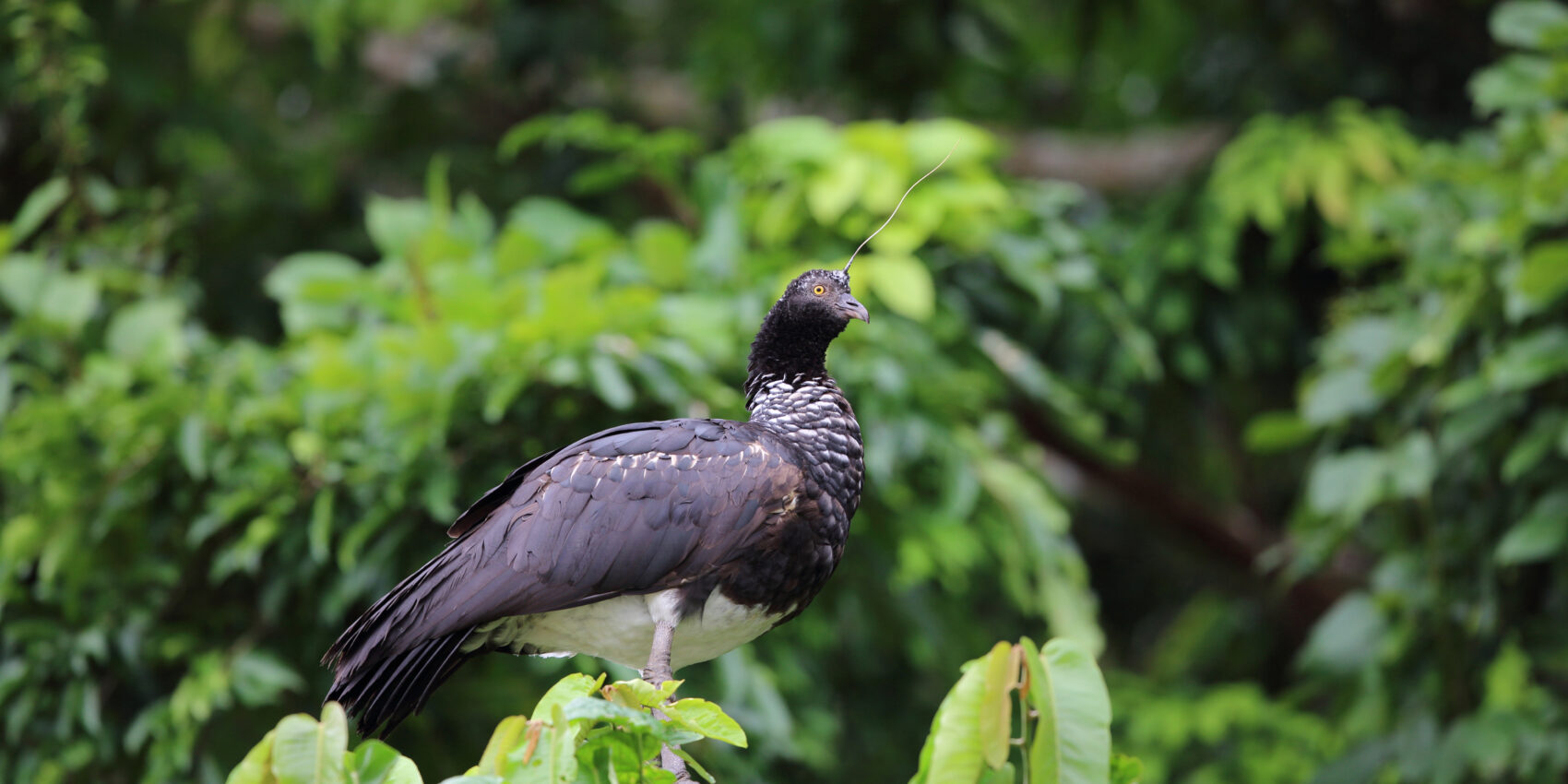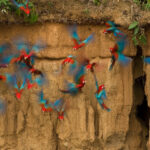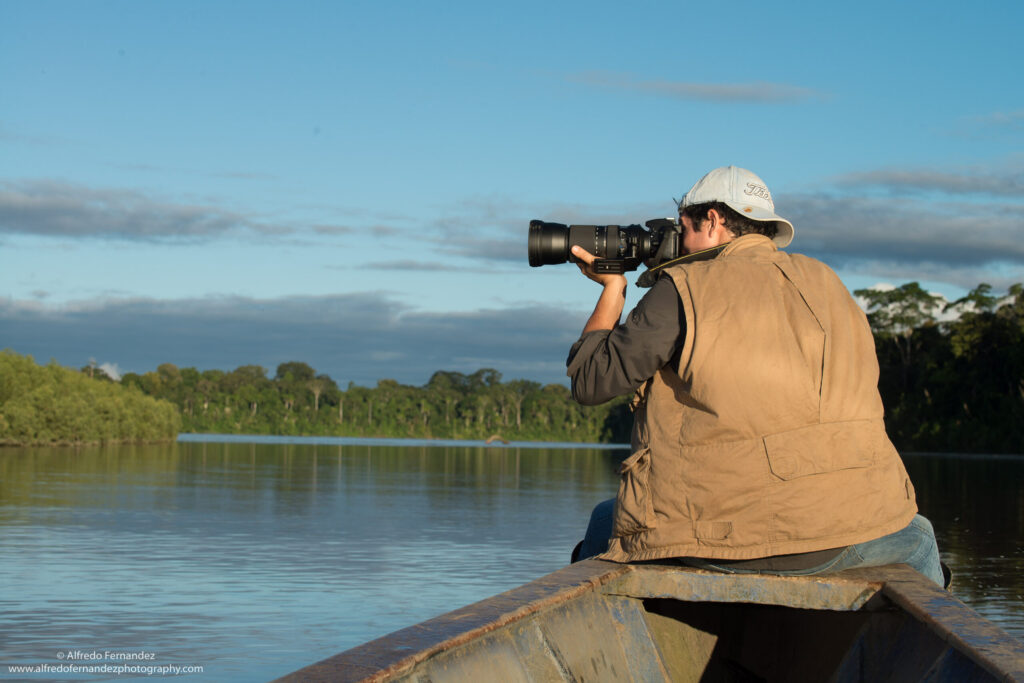Manu National Park, located in the heart of Peru’s Amazon Rainforest, is not only a biodiversity hotspot but also a place of varying and fascinating weather patterns. If you’re planning a visit, understanding the weather in Manu National Park is crucial for a pleasant and safe experience. This comprehensive guide will equip you with all the information you need about the climate throughout the year.
Seasonal Weather Variations
The Wet Season
Running from November to April, the wet season in Manu National Park is characterized by heavy rainfall. During these months, the park receives the bulk of its annual precipitation, which can reach up to 2500 mm. The rain typically comes in intense bursts, followed by sunshine, which can create steamy conditions. This season is ideal for those interested in seeing the rainforest at its most lush and vibrant, though trails may be muddy and river levels will be high, which can affect travel plans.
The Dry Season
From May to October, Manu National Park experiences its dry season. Although ‘dry’ is a relative term in the rainforest, there is significantly less rainfall during these months. This makes it easier to hike and explore, as trails are generally more passable. The dry season is also a fantastic time for wildlife viewing, as animals tend to congregate around fewer water sources.
Temperature Fluctuations
Despite the season, temperatures in Manu National Park are fairly consistent year-round. Daytime temperatures average around 25°C (77°F), but the humidity can make it feel warmer. Nighttime brings cooler air, with temperatures often dropping to around 12°C (54°F). It’s important to pack both light clothing for daytime exploration and warmer layers for cooler evenings and mornings.
Tips for Visitors
What to Pack
Regardless of when you visit, be prepared for both rain and shine. Waterproof gear, such as rain jackets and quick-dry clothing, is essential. Also, bring sturdy, waterproof hiking boots for trekking through muddy conditions. Don’t forget insect repellent and sun protection, as both pests and UV rays can be intense.
Frequently Asked Questions
Q: What is the best month to visit Manu National Park?
A: The best time to visit is during the dry season, from May to October, when there is less rain and the trails are more accessible.
Q: Does it ever get cold in Manu National Park?
A: Nights and early mornings can be cool, with temperatures sometimes dropping to 12°C (54°F), so warm clothing is recommended.
Q: How much does it rain during the wet season in Manu National Park?
A: The wet season sees a lot of rain, with total annual rainfall reaching up to 2500 mm, mostly falling between November and April.
Q: Is it safe to visit Manu National Park during the wet season?
A: Yes, it’s safe, but be prepared for heavy rains, muddy trails, and higher river levels, which could affect travel and require more cautious planning.
By understanding the weather patterns of Manu National Park, visitors can better plan their trip to enjoy everything this extraordinary park has to offer. Whether you’re there to explore the diverse ecosystems, spot rare wildlife, or simply soak in the natural beauty, knowing what to expect from the weather is key to a successful adventure.






